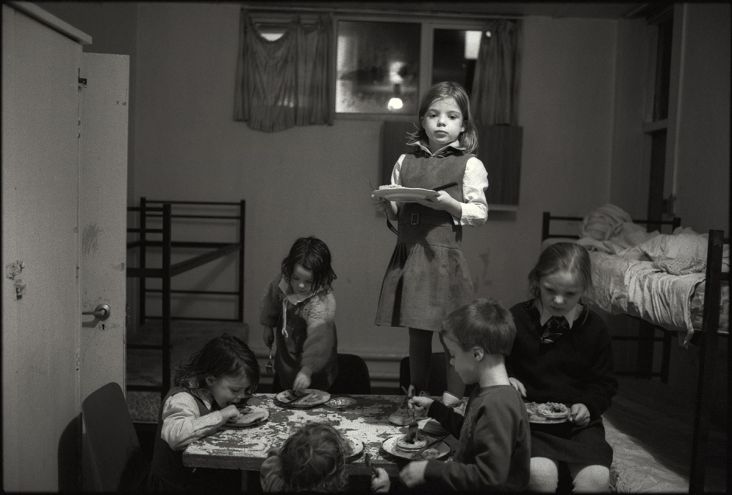Photographer Jem Southam revives Bristol's working harbour in restored photographs reflecting its past
Redevelopment may be an inevitable part of city life, but photography can be useful for remembering its previous legacy, says Jem Southam in his new book, The Harbour.
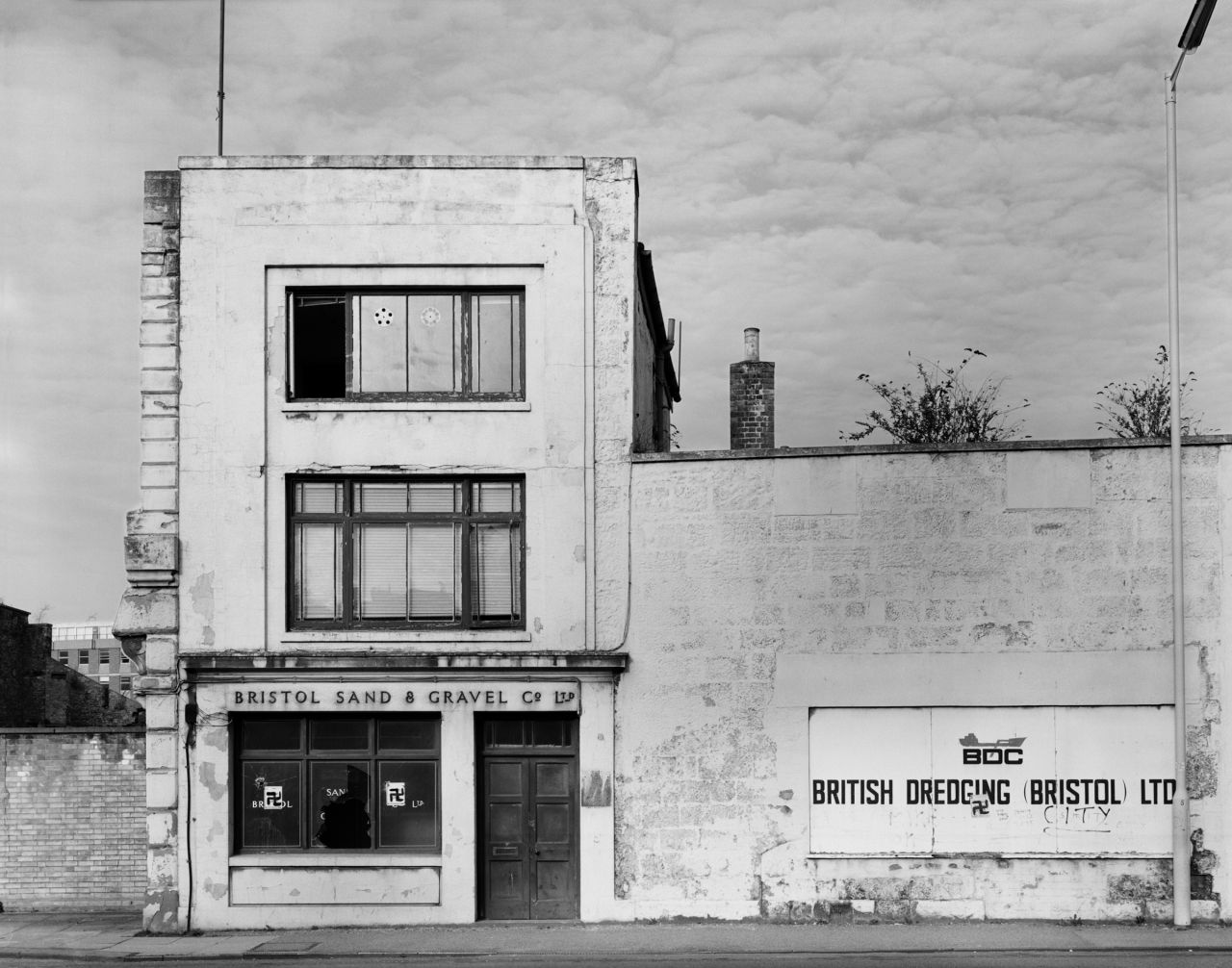
Bristol Sand and Gravel offices 1980 © Jem Southam
Bristol is having a moment, with many flocking to its centre, leaving London in favour of a smaller artistic city, but few know of its past as a historic harbour city. Thankfully British landscape photographer Jem Southam has revived its legacy with the launch of a new photography book titled The Harbour which features a selection of images shot over 40 years ago before the redevelopment of its harbour.
Southam began the project after understanding his personal affiliation to Bristol: "One morning in 1978, I heard the sound of crashing metal which drew me to the window, where I saw a group of men tearing down a warehouse. My grandfather had spent his working life as a shipping clerk in the docks, managing the unloading and distribution of goods, such as guano brought all the way from the coast of Chile."
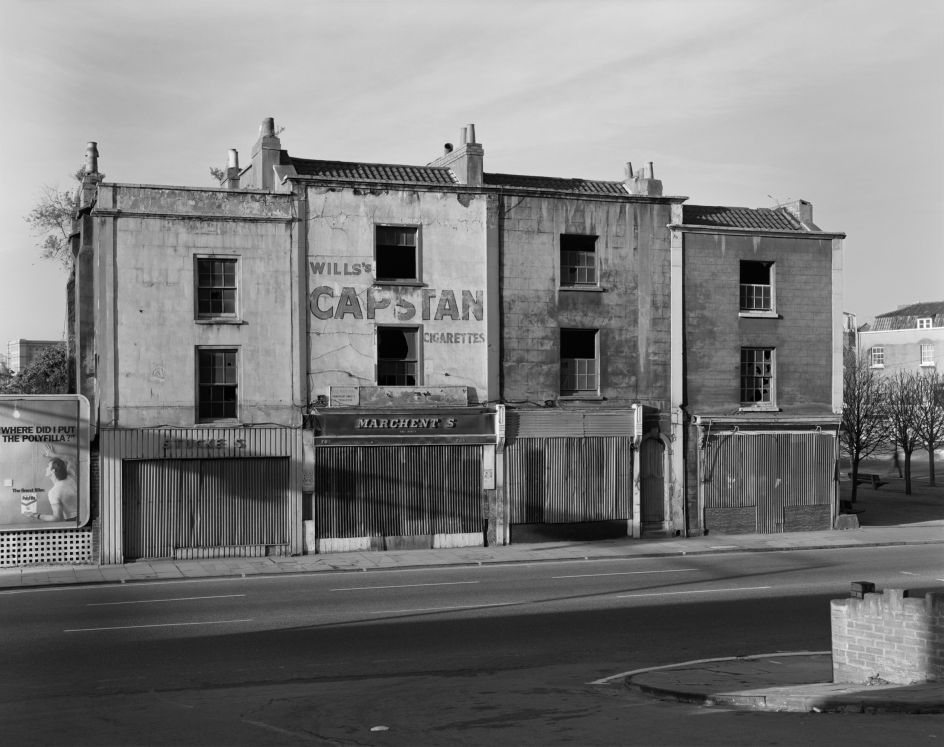
Hotwells Road 1978 © Jem Southam
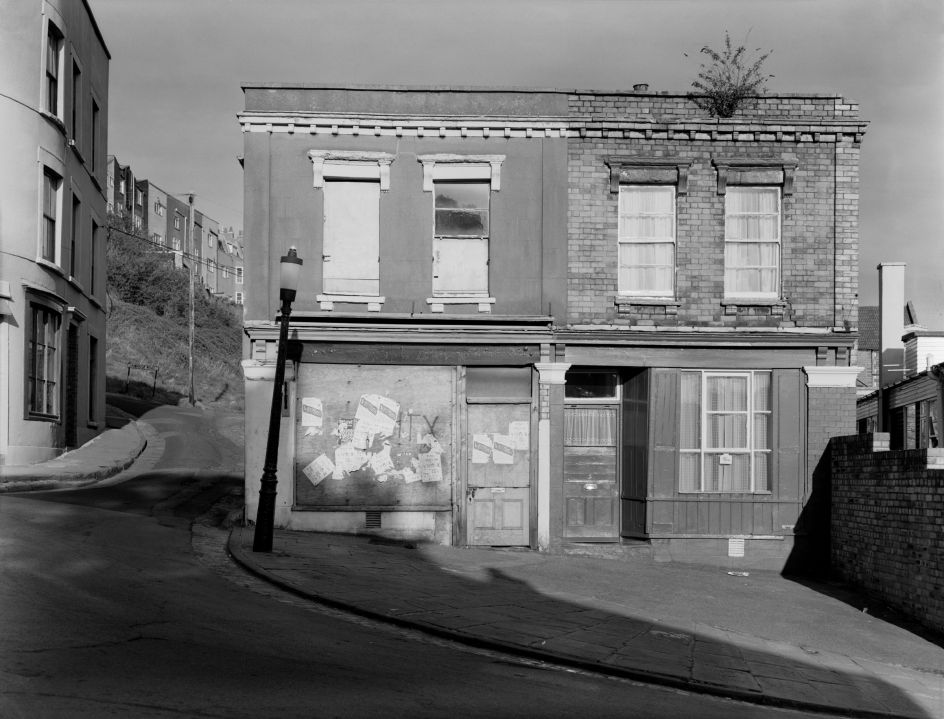
Ambra Vale, Hotwells 1978 © Jem Southam
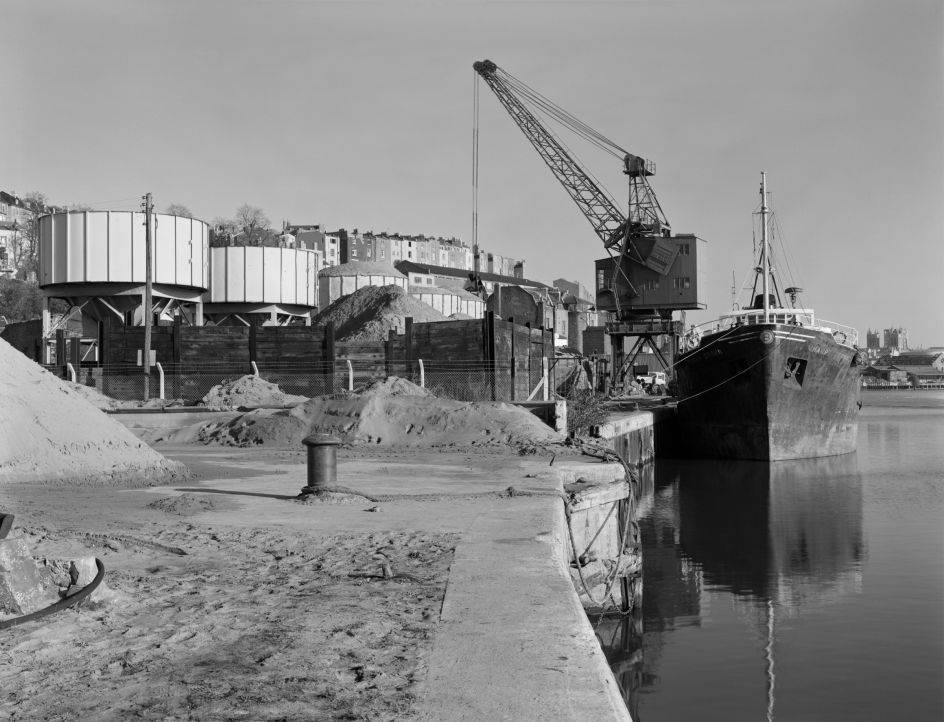
Sand Wharf, Hotwells 1978 © Jem Southam
Seeing the city's evolution and knowing its grounding in his family's legacy, Southam felt compelled to capture its transition and watch as it transformed into another era.
Having listened to his grandfather reminisce on his time working in the docks, Southam said: "I wanted to document the last remains of the architectural landscape of the docks before they were gone or transformed beyond recognition."
With Bristol's harbour now packed with eateries and watersport activities, it paints a different scene to that depicted in Southam's book.
Having sat on the photographs since shooting them between 1978 and 1983, Southam plucked some out for an initial showing at the inaugural Bristol Photo Festival in 2021. Given how well they were received, the book project idea quickly unfurled.
"The book came about as a way to preserve a visual record of the docks and through wanting to make the images more easily accessible," he said. "A book is a permanent document!"
Though so many pictures were taken so long ago, Southam has fond memories of his experience putting the project together. His determination to investigate Bristol's changing cityscape saw him wake up on Sunday mornings after a week of work to continue piecing it together: "I would wake up early and peek out the window. If the weather looked promising, I would jump on my bicycle, a rickety Velborn tripod over my shoulder and a postman's canvas bag carrying my 5x4 MPP camera, lens and six dark slides to find some pictures. I remember how empty the docks were; I rarely saw a soul. Exploring the docklands slowly, week after week, year after year, was a treat. There is something fascinating about a working landscape which has been abandoned."
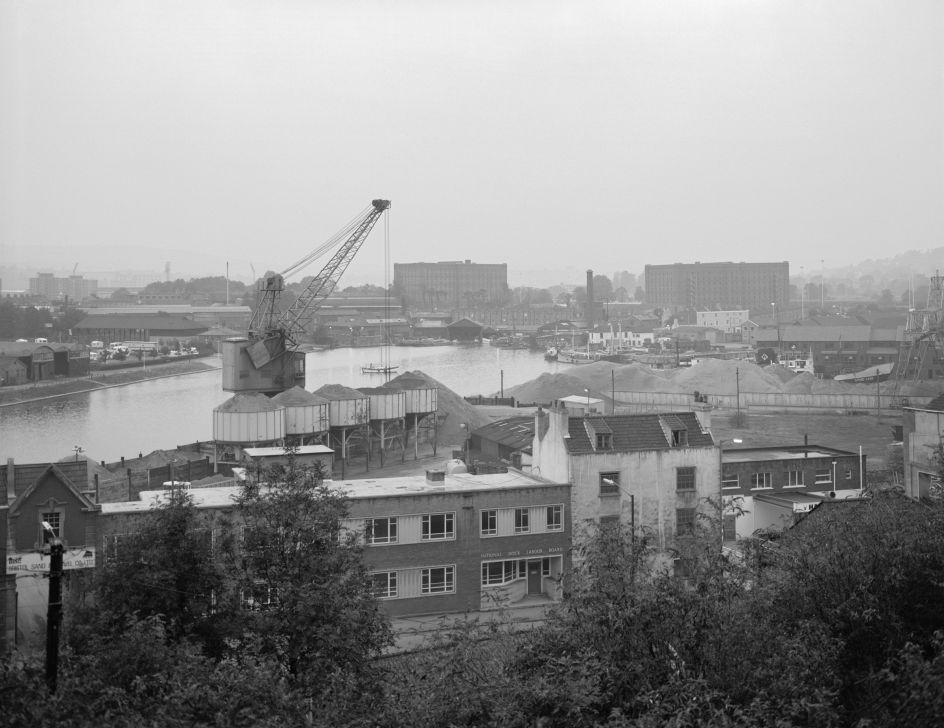
View of Hotwells Sand Wharf and the Underfall Yard 1979 © Jem Southam
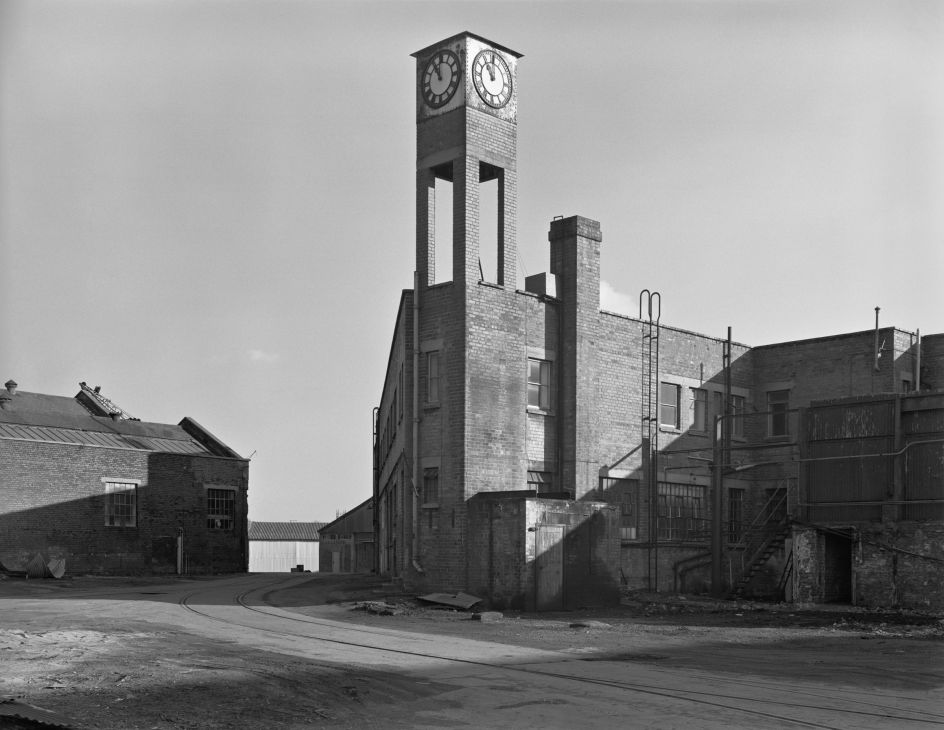
Offices, Albion Dockyard 1979 © Jem Southam
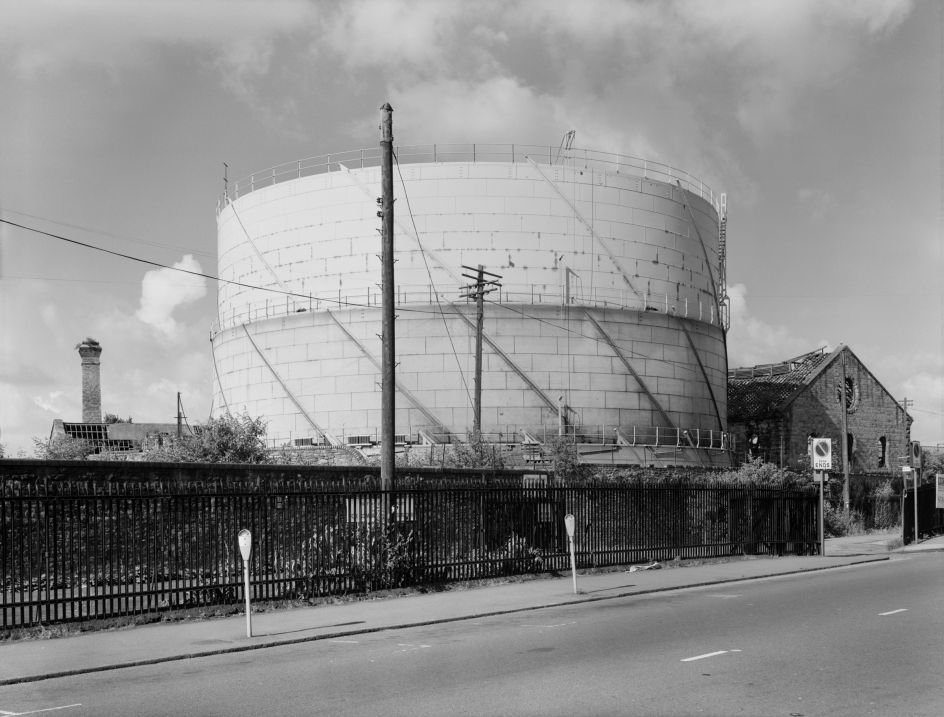
Gas Works, Anchor Road 1979 © Jem Southam
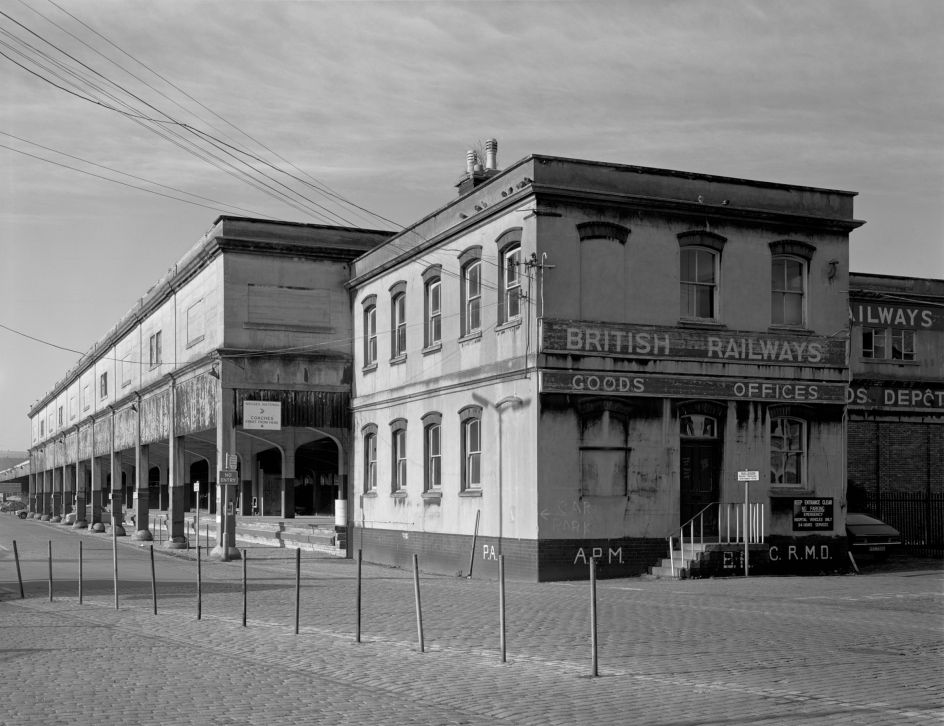
Canon’s Marsh Goods Station 1978 © Jem Southam
He was motivated by the speed at which industrial buildings and warehouses were being dismantled, noticing that within just a few weeks of photographing certain parts, they ceased to exist, and his memory of the city was lost to time.
While the project chronicles the epic and significant change in Bristol, it reflects the wider experience of loss and regeneration in Britain at the time. With the introduction of containers in UK shipping in the late 1960s, the labour market changed profoundly for dock workers, which meant that the harbour was no longer a central hub for city commerce. Many regions underwent similar restructuring and experienced a silencing of harbourside significance as port activity became more concentrated rather than widely distributed.
The Harbour book documents the interim period when the infrastructure of harbours was disused and neglected but calm before redevelopments fully took hold.
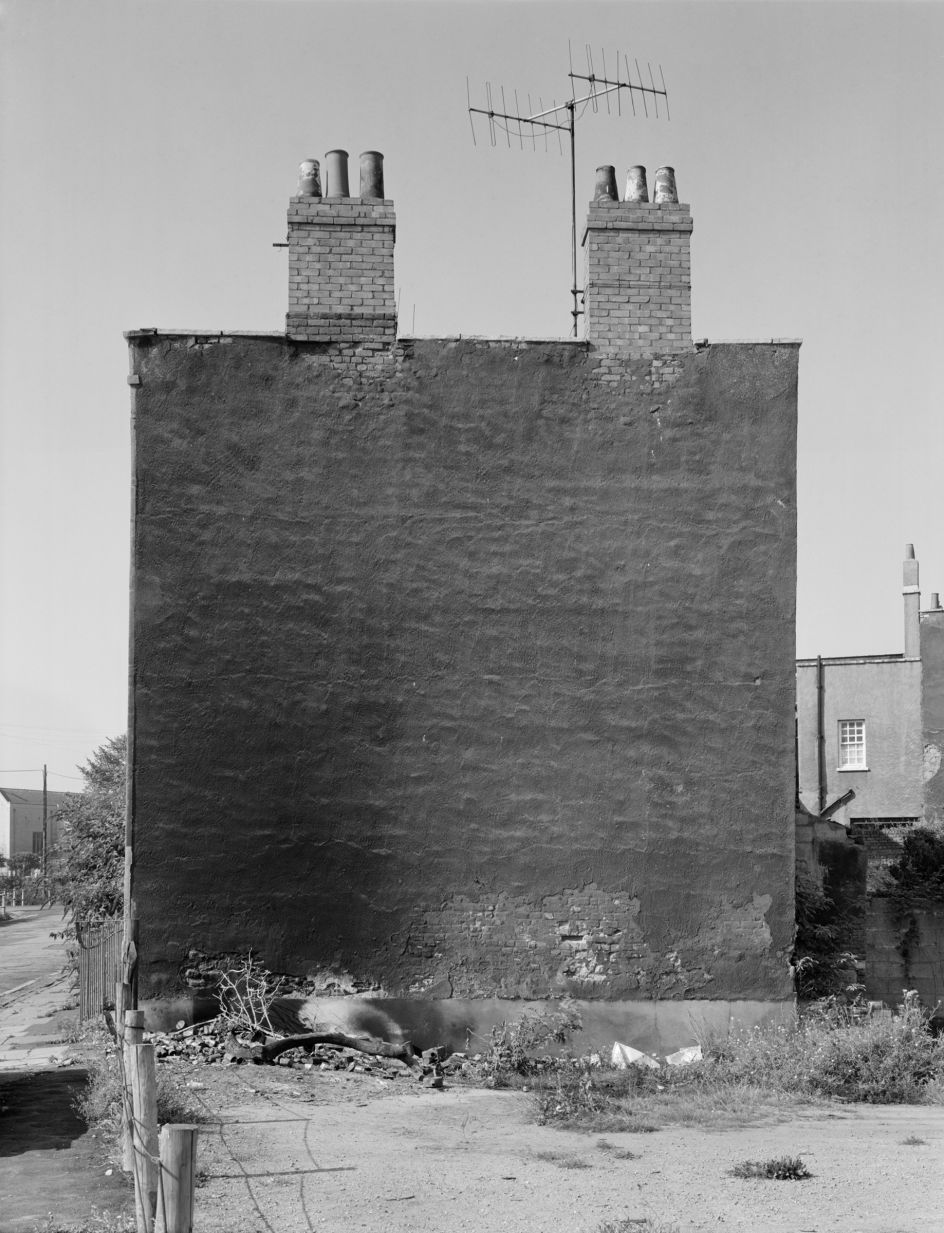
Canon’s Marsh Goods Station 1978 © Jem Southam Bathurst Parade 1979 © Jem Southam
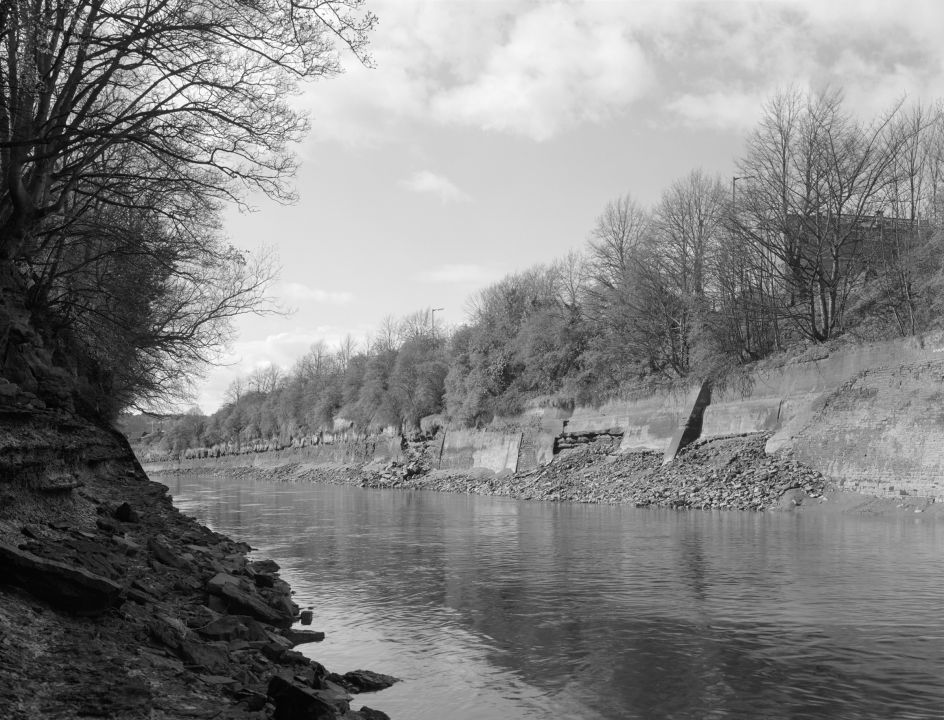
The New Cut 1980 © Jem Southam
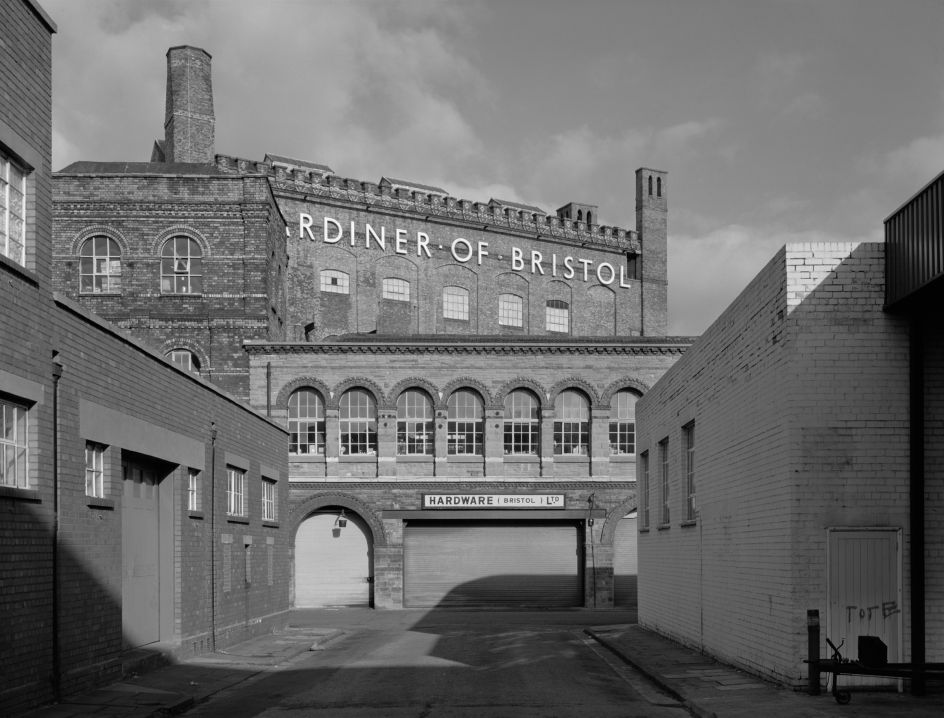
Broad Plain 1980 © Jem Southam
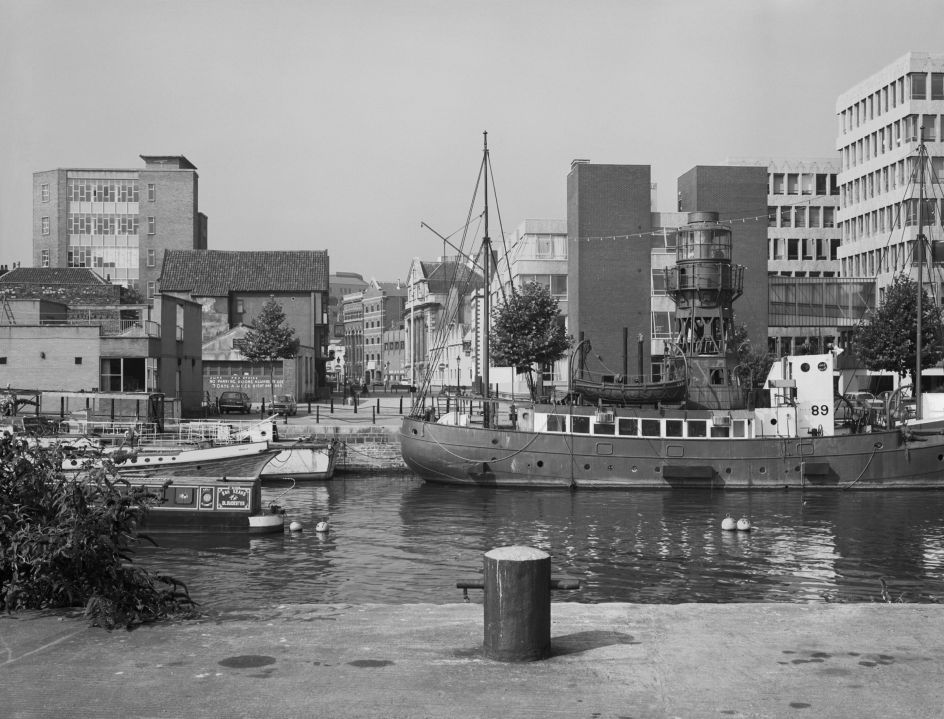
View to Welsh Back and Kings Street 1980 © Jem Southam
"Bristol has undoubtedly changed, and I'm glad I was able to capture some of the working harbour's character," said Southam. "It has retained its character more than other cities, but most of that working atmosphere has been lost. You can't stop the change of a city any more than you can the change of the seasons. But you can photograph it and make a record."
And that's what he's done with the release of his new photography book. The Harbour by Jem Southam is published by RRB Photobooks and is available for pre-order.


















